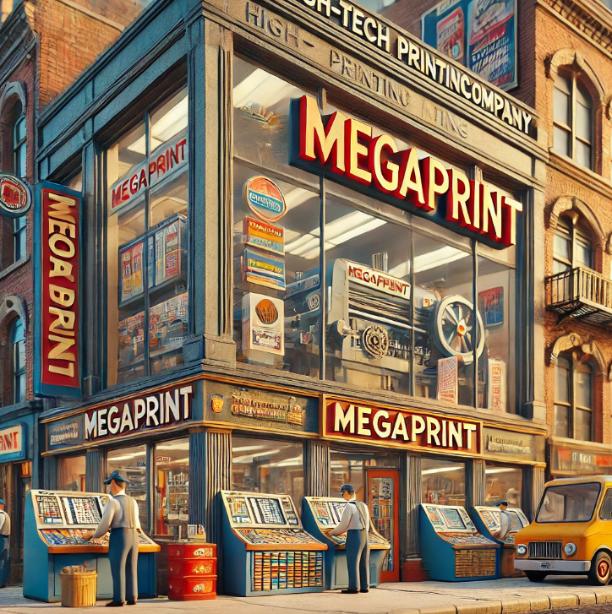


Depreciation is the practice of trying to arrive at a sensible value for assets! Whilst most people hope that assets appreciate in value……the reality is that many assets used in business will depreciate! The most obvious example being cars! Their value plummets the moment they are purchased and driven off the forecourt!
Why is depreciation important? Well, the most obvious issue is that if businesses aren’t depreciating assets there is a chance they may be over-valuing the business! This has implications for shareholders, stakeholders and potential investors! Each stakeholder wants a true picture (valuation) of the business so they can proceed accordingly – by either buying, holding or selling their shares! Likewise, an analyst in the industry needs a ‘fair value’ in order to report reasonably on the business! So…depreciation matters!
Luckily we have the two depreciation method formulas below! Use them to solve the case study questions beneath!


Case Study 1: SwiftEats – The Food Truck Expansion Plan
SwiftEats is a gourmet food truck business that has quickly gained popularity in New York City. With its unique menu and strong customer base, the company now wants to expand by purchasing two additional food trucks.
Each truck costs $80,000, with an expected useful life of 8 years and a residual value of $8,000. The company’s accountant suggests using the straight-line depreciation method, while the CEO is concerned about the trucks’ rapid wear and tear due to heavy daily usage.

Questions - Case Study SwiftEats
- Calculate the annual depreciation expense per truck using the straight-line method. Show all workings. [2]
- Calculate the net book value (NBV) of the truck after 5 years. [2]
- Explain why SwiftEats might consider an alternative depreciation method based on how its food trucks are used. [2]
Case Study 1: SwiftEats – The Food Truck Expansion Plan
MegaPrint is a printing company that specializes in custom packaging for e-commerce brands. To increase production efficiency, the company has invested $500,000 in an automated printing press. The machine has an expected useful life of 10 years with a scrap / residual value of $50,000. However, its depreciation depends on how many units it prints—it is estimated to handle 5 million prints before becoming obsolete. In the first year, MegaPrint produced 800,000 prints.

Questions from the case study
- Calculate the straight line depreciation method for depreciation. [2]
- Calculate the depreciation expense for the first year using the straight-line method & the units of production method [4]
- Compare the difference between the two methods. [2]
- Which method (from question 2) gives the most advantageous results on the balance sheet? [2]
- Which method provides the most realistic value for depreciation of assets? [2]
KEY TERMS FROM THE CASE
Depreciation - going beyond the syllabus
1) Enron (2001) – The Grand Daddy of Fraud
- What Happened? Enron used mark-to-market accounting, which allowed them to book projected profits on assets without adjusting for depreciation or impairment when those assets underperformed.
- The Problem: Enron overvalued its assets, such as power plants and broadband infrastructure, even when they were losing value.
- Result: When reality caught up, Enron collapsed, leading to one of the biggest corporate frauds in history.
2) Lehman Brothers (2008) – Hiding the True Value
- What Happened? Lehman Brothers, a major investment bank, used “Repo 105” transactions to hide bad assets and make their financials look healthier than they were.
- The Problem: They didn’t properly depreciate or recognize losses on bad mortgage assets.
- Result: When the truth came out, Lehman went bankrupt, triggering the 2008 Financial Crisis.
3) Toshiba (2015) – Inflating Profits for Years
- What Happened? Toshiba overstated its earnings by $1.2 billion over several years.
- The Problem: The company delayed recognizing depreciation on assets and inflated the value of infrastructure projects.
- Result: Stock prices crashed, CEO resigned, and Toshiba’s reputation was permanently damaged.
4) Waste Management Inc. (1990s) – Trashy Accounting
- What Happened? Waste Management inflated profits by delaying depreciation on garbage trucks, landfills, and equipment.
- The Problem: They artificially boosted asset values, avoiding depreciation to make their financials look better.
- Result: The company was forced to restate earnings by $1.7 billion—at the time, the largest restatement in history.
5) Hertz (2020) – Driving Towards Bankruptcy
- What Happened? Hertz delayed depreciation on its rental car fleet, keeping cars on the books at higher-than-realistic values.
- The Problem: When COVID-19 hit, the used car market tanked, and Hertz’s fleet was worth far less than reported.
- Result: Hertz filed for bankruptcy, wiping out shareholders.

